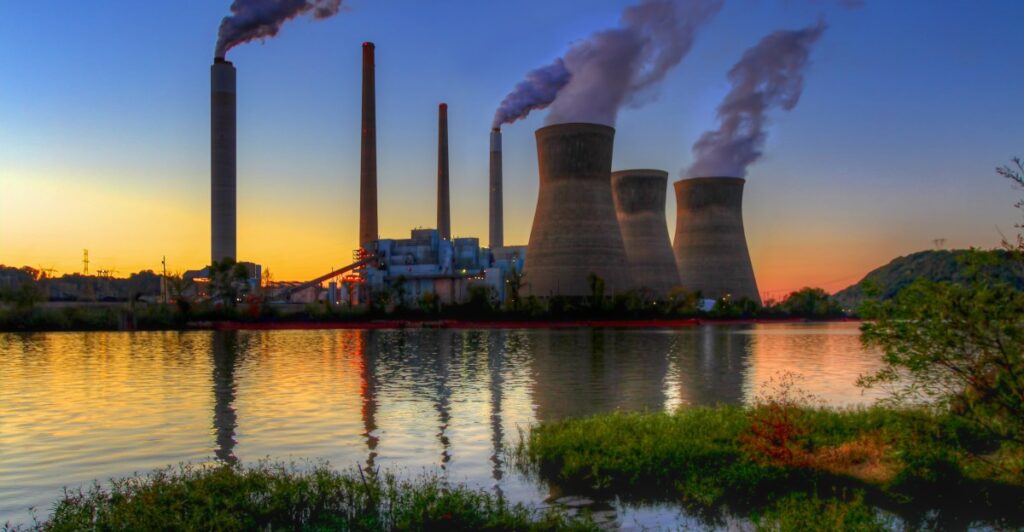
The United States Senate’s recent approval of President Donald Trump’s “big, beautiful bill” has sparked significant concern among energy experts and environmental advocates. The legislation, which aligns with Trump’s skepticism towards renewable energy and climate change, threatens to undermine the U.S. position in the global clean energy race. The bill’s provisions could potentially sideline the U.S. from a sector it once led, with implications for the broader economy.
The U.S. has historically been a pioneer in clean energy innovation. The first solar cell was developed on American soil, Tesla once led the electric vehicle market, and the lithium-ion battery was co-developed in the U.S. However, the landscape has shifted dramatically. Today, China dominates the production of solar cells and batteries, and its company BYD has surpassed Tesla as the largest EV manufacturer. This shift is compounded by China’s increasing investment in research and development, leaving the U.S. trailing in a field it could have dominated.
Impact on the U.S. Economy and Energy Sector
The bill’s passage comes at a critical time for the U.S. energy sector. For the first time in decades, the country is experiencing significant load growth on its power grid, driven by the tech industry’s demand for electricity to power data centers. As energy demand rises, the most cost-effective and rapidly deployable energy sources—solar, wind, and battery storage—are being constrained by the new legislation.
Robbie Orvis, senior director for modeling and analysis at the think tank Energy Innovation, emphasized the urgency of the situation. “We’re in this moment of surging demand and you can’t build another gas turbine for at least five years beyond what’s already been booked,” Orvis stated. “We have this demand growth that’s going to have to be met. The only thing you can build to meet it on the timeline needed over the next five to 10 years is solar, wind, or battery storage.”
According to Energy Innovation, the Senate bill would reduce how much energy the U.S. adds to the grid in the years to come compared to the current trajectory, thereby increasing household electricity prices on average by $130 per year, eroding almost a trillion dollars in economic productivity, and costing 760,000 jobs by 2030.
Global Clean Energy Trends
While the U.S. appears to be taking a step back, the rest of the world is accelerating its investment in clean energy technology. Global investment in this sector is set to reach $2.2 trillion this year. Renewables are on track to overtake coal as the world’s largest power source, with wind, solar, and batteries becoming increasingly affordable. This shift positions China as a leader in a rapidly growing industry, especially as developing nations industrialize and other wealthy countries strive to decarbonize their economies.
The U.S.’s retreat from clean energy could have long-term consequences, not only for the environment but also for its economic competitiveness. By ceding leadership in one of the fastest-growing global industries, the U.S. risks falling behind in technological innovation and economic growth.
The Case for Clean Energy
Despite the hurdles posed by the current administration, the case for expanding clean energy remains strong. Lower costs, faster deployment, and reduced greenhouse gas emissions are compelling reasons to pursue renewable energy sources. Some projects in the U.S. are still moving forward, albeit at a slower pace, as they navigate through regulatory and financial challenges.
As the world continues to pivot towards sustainable energy solutions, the U.S. faces a critical decision point. The path chosen will determine not only the country’s environmental legacy but also its role in the global economic landscape. With the stakes so high, the debate over energy policy is likely to intensify, with significant implications for future generations.





